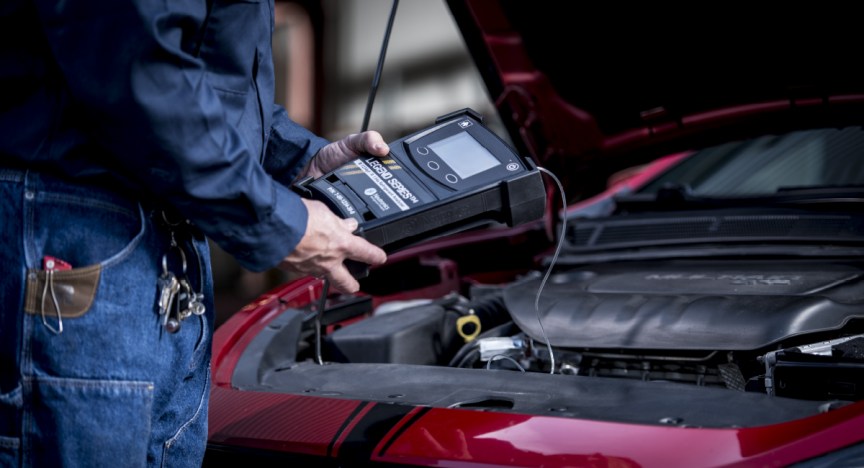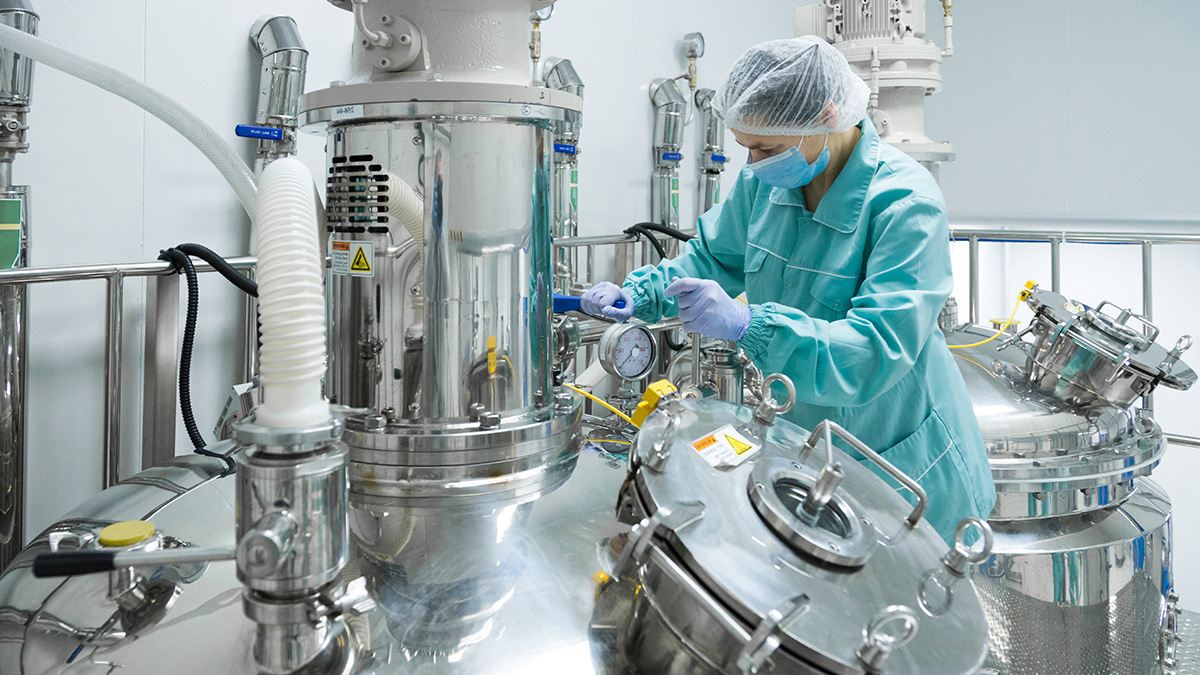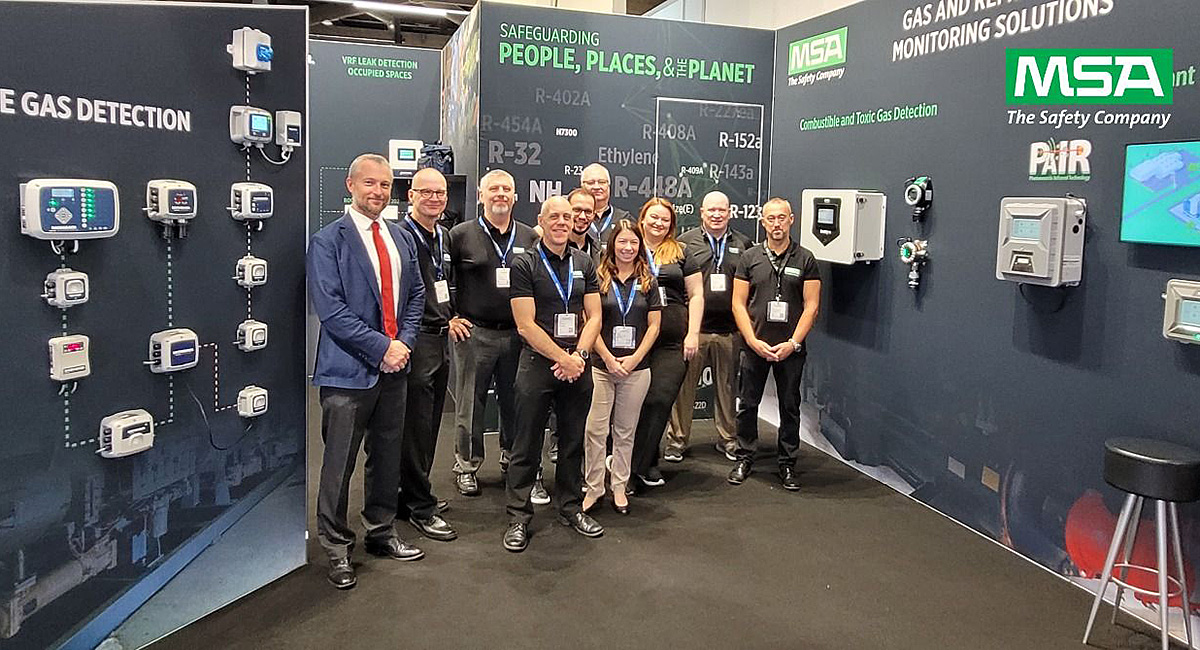
There are currently over 40 million vehicles in the U.S. using R-1234yf, and this number is expected to increase, as R-1234yf is the preferred, low-GWP alternative refrigerant for mobile air-conditioning systems (MACs).
What’s more, the number of vehicles that will be outside of the manufacturer’s warranty is growing each year. As a result, automotive mechanics need to be prepared to service vehicles using R-1234yf. That’s why we’ve decided to provide a brief overview of what you need to know about servicing this relatively new refrigerant.
What is R-1234yf?
R-1234yf is to R-134a what R-134a was once to R-12. If you are unclear about what this analogy means exactly or are rather new to the recent changes in the world of automotive air-conditioning service, here’s a brief run-down of what R-1234yf is and why it was chosen.
Background on MAC Refrigerants
At one point in time, R-12, a CFC, was the go-to refrigerant for vehicle air-conditioning systems in the U.S. This refrigerant was very effective in cooling vehicle cabins; however, the caveat with this refrigerant was its ozone-depleting properties (ODP) as well as high global warming potential (GWP) of 10,900.
By the time the late 1980s came around, the cooling efficiency was masked by the negative impact R-12 had upon the environment. Correspondingly, EPA Section 609 phased out the manufacturer’s use of R-12 by the end of the 1994 model year.
Thereafter, R-12 was replaced by R-134a, an HFC refrigerant that has been the most common refrigerant used in MAC systems since 1994. While it has no ozone-depleting potential (in contrast to R-12), R-134a still has a high-GWP of 1,430 and became under increased scrutiny for this.
Moving From R-134a to R-1234yf
Specifically, the Montreal and Kyoto Protocols led to the EU’s F-gas rule and Directive on MACs in 2006.
The Directive 2006/40/EC aims to enforce the use of gases with a GWP lower than 150, which R-134a could not meet, and is gradually enforced over three phases. The third phase prohibited the use of F-gases with a GWP higher than 150 in new vehicles produced from 2017.
Thus, as the global marketplace moved further towards lower GWP refrigerant options, the refrigerant R-1234yf emerged and was selected for use in Europe. With the automotive industry being a global market, it did not benefit car manufacturers to make vehicles specialized only for EU market, so the adoption of R-1234yf found its way across seas to the U.S. market, and the EPA accepted this lower GWP option.
| MAC Refrigerant | Global Warming Potential (GWP) | Ozone Depleting? |
|---|---|---|
| CFC-12 | 10,900 | Yes |
| R-134a | 1,430 | No |
| R-152a | 124 | No |
| R-1234yf | 4 | No |
| CO2 / R-744 | 1 | No |
Why Was R-1234yf Chosen?
Vehicle manufacturers desired a refrigerant that did not require significant changes to the air-conditioning system; for example, keeping it a direct expansion system, rather than adding a secondary loop.
Other refrigerants, including R-744 (CO2) and R-152a, were considered but each had their own set of challenges and thus R-1234yf was selected as the primary alternative.
Extensive testing of R-1234yf demonstrated that it worked very well in the air-conditioning systems as previously designed, and only minor tweaks were required.
Is R-1234yf Flammable?
R-1234yf is classified as an A2L (mildly flammable) refrigerant. Fortunately, it is far less flammable than nearly every fluid found under the hood of a vehicle. The SAE and vehicle manufacturer exhaustive testing determined R-1234yf was safe to use in passenger vehicles.
How Has the Industry Adopted R-1234yf?
Early adopters of R-1234yf have already started to surpass their manufacturer’s warranty period, and that number increases year over year. Today, there are over 12 million YF vehicles outside of the manufacturer’s warranty.
By 2020, there will be over 19 million YF vehicles, and, by 2021, there will be over 26 million YF vehicles on the road that will be outside the manufacturer’s warranty.
For automotive mechanics, these numbers indicate a large potential of cars that could require R-1234yf servicing soon. As a result, it’s best to be prepared and equipped with SAE certified service equipment.
Adhere to New Standards for Servicing R-1234yf
With the introduction of R-1234yf, the Society of Automotive Engineers (SAE) established new standards for servicing vehicles with R-1234yf that mechanics need to be aware of.
In fact, these new standards require a SAE J2843 or SAE J3030 approved A/C Service Machine (RRR), a SAE J2913 Leak Detector, a SAE J2912 or J2927 refrigerant analyzer, and a SAE J2851 recovery machine.
One of the most important components of servicing R-1234yf that mechanics need to consider is the required use of an approved refrigerant analyzer during MAC service. The new standards require an approved refrigerant analyzer to test and confirm refrigerant purity before standard refrigerant recovery can occur. For expertise on this matter, mechanics should be aware of Neutronics Inc., the only SAE approved refrigerant analyzer manufacturer.
Neutronics Inc. provides a range of certified refrigerant analyzers, both built-in and hand-held, to help complete proper R-1234yf MAC service, and these analyzers include:
Built-in Refrigerant Identifiers
The Neutronics EID Series is a SAE J2927 and SAE J2912 certified refrigerant analyzers that are built into a RRR A/C Service Machine. This simplifies the whole process and creates one system to both analyze, recover, recycle, and recharge the refrigerant during air-conditioning servicing.
Hand-held Refrigerant Identifiers
The Neutronics Legend ID is a SAE J2912 portable refrigerant analyzer that provides a little more flexibility in the shop. This device allows you to have multiple recovery machines (without built-in identifiers) and the mobility to take one analyzer machine to machine, rather than lugging around one machine form bay to bay. These hand-held devices allow mechanics to pre-check vehicles, without having to connect the RRR service cart, reducing evaluation time and helping to sort vehicles before servicing.
Expand Your Business with a Refrigerant Analyzer
Being equipped and ready to service customers’ R-1234yf needs can help expand your business; just let the local body shops know that you are equipped and ready to serve their R-1234yf needs, and they no longer have to rely on the dealers to service their customers.
To learn more about servicing R-1234yf with the fastest automotive refrigerant identifiers on the market, check out Neutronics’ automotive solutions.
Is your shop prepared to service vehicles using R-1234yf? To learn more about servicing R-1234yf with the fastest automotive refrigerant identifiers on the market, check out Neutronics’ automotive solutions.







